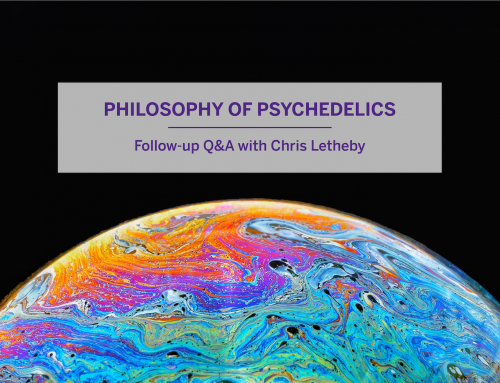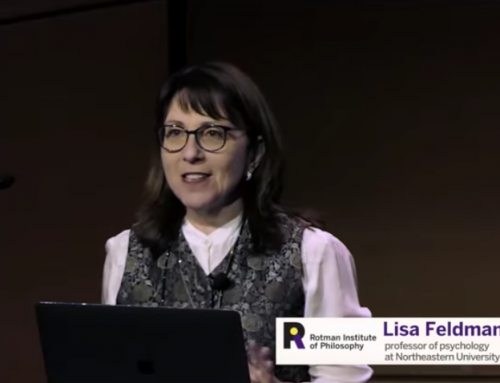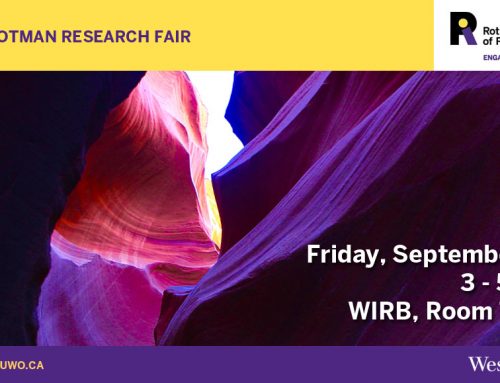The Rotman Institute Philosophical Photography Contest challenged people to submit unique photographs that somehow managed to capture an abstract philosophical concept. We received a fabulous mix of photos that were reviewed by a small panel of judges. Choosing the winning photograph was no easy task — some of the photographs themselves were particularly striking, some of the concepts presented really made us think, and others were really humorous. In the end, the judges chose a photo that was both beautifully executed, and successfully depicted a thought provoking concept.
Please join us in congratulating Jenny Gillett, who submitted the winning photograph, “Identity”, shown above. (View a full-size version of her photo here.) She provided us with the following description of her entry:
The photo is of 2 tree nymph butterflies and was taken at the Niagara Parks Butterfly Conservatory in Niagara Falls, Ontario. The image highlights the concept of identity. The image shows 2 near identical butterflies, raising the issue of what we mean by, and what constitutes, individual identity. The image also raises issues of persistence of identity over time – butterflies go through huge physical changes in a very rapid space of time, yet many would argue for some kind of continuity of identity between the caterpillar, chrysalis, and butterfly.
Of the submissions we received, a number of other striking photographs stood out to our judges. We are very excited to also share the following photographs that were given honourable mentions. Each photo is accompanied by a brief description submitted by the photographer.
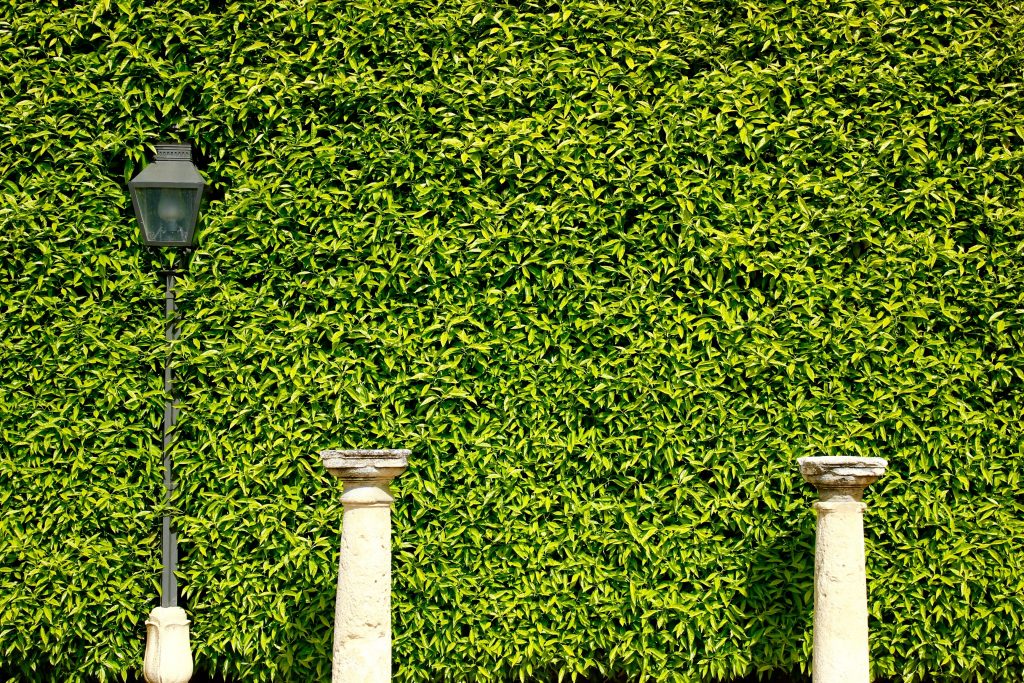
“Order and Disorder”, submitted by Mark Bessoudo
This picture was shot in Cordoba, Spain. The scene captures several different layers of the concept “Order and Disorder”. First, the Roman columns are an ancient manmade technology that represent a kind of order: the transformation of rocks and minerals into an orderly architecture. Over the centuries the columns have succumbed to a kind of entropic decay, from order into disorder. Second, the streetlight is a modern man-made technology that represents a different kind of order: the transformation of fossil fuel energy into electrical energy into light energy. The third element is the leaves. Nature itself represents a natural process of order coming from out of cosmic disorder. The fact that the leaves seem to be enveloping the streetlight is a metaphor for how order created by humans will always be secondary to the natural order and cosmic disorder that surrounds us.
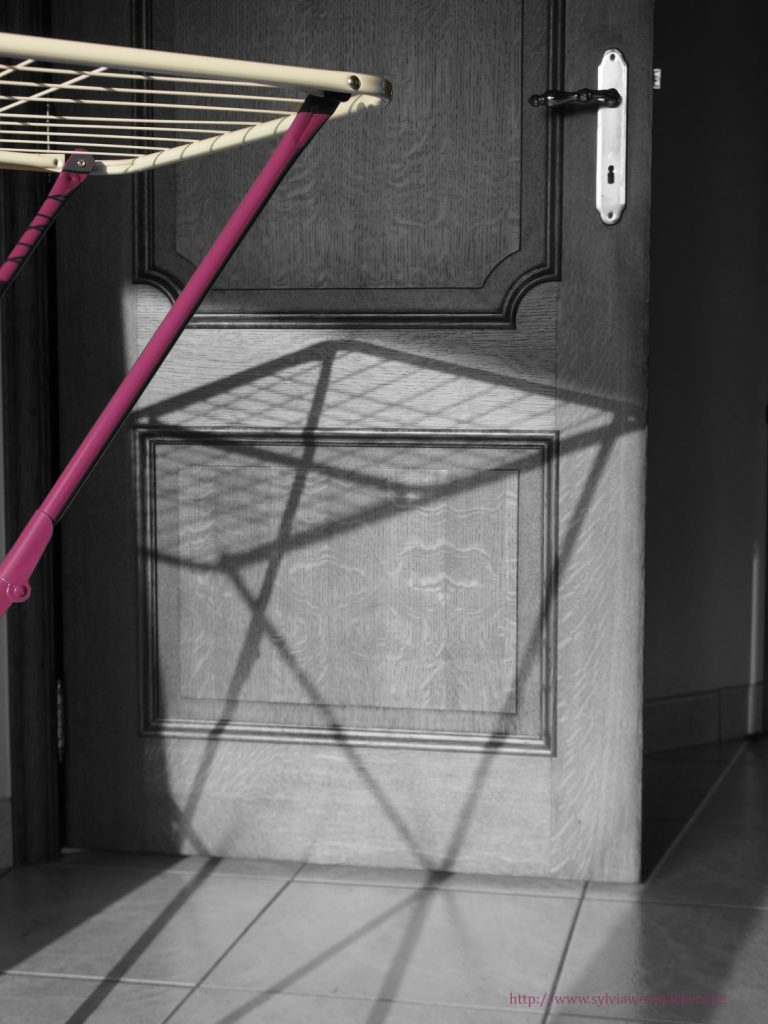
“Let no one ignorant of geometry enter.”, submitted by Sylvia Wenmackers
The Sun is illuminating the three-dimensional shape visible at the top, projecting a two-dimensional shadow on the door below. The scene is reminiscent of the warning said to have been above the door to Plato’s Academy, hence the caption. (This quote is possibly apocryphal, but still popular and relevant enough to some of Plato’s actual writings.) The fact that the Ideal Form is a dryer stand – a common household object, often associated with women’s labor – can be seen as a subtle response to the underrepresentation of women in Philosophy as well as in Mathematics.
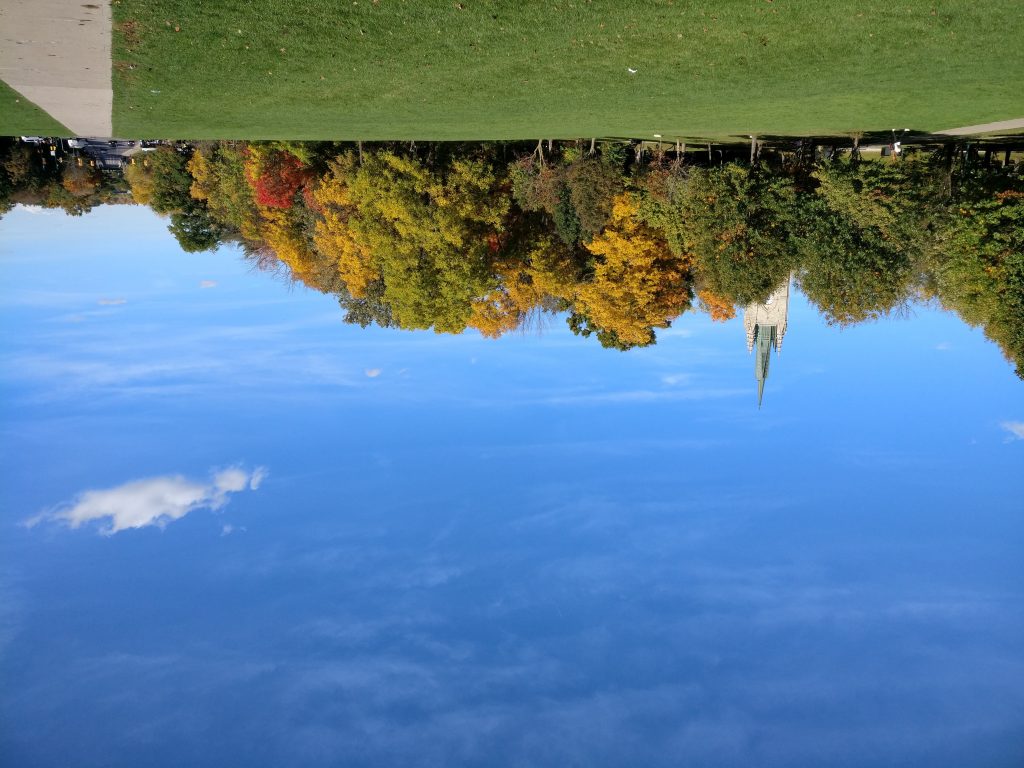
“What it is like to be a bat”, submitted by Chang Liu
What it is like to be a bat? It must be terrible, because you have to sleep upside down!
(The title of this photo refers to Thomas Nagel’s famous 1974 paper by the same name.)
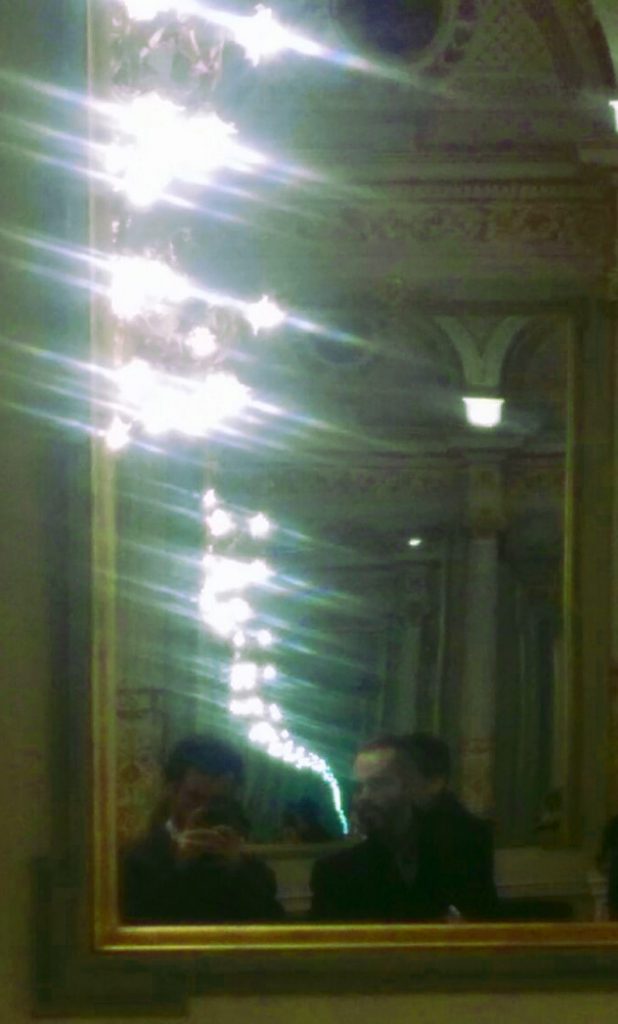
“Actual Infinity?”, submitted by Aldo Filomeno
This photo was taken in the hall of mirrors of the Gran Teatre del Liceu opera house in Barcelona, and depicts the philosophical concept of infinity. It seems plausible to believe that the kind of existence of the notion of infinity is exclusively potential, as Aristotle argued. It does not exist any actually infinite object — at least, outside the mathematical realm. However, sometimes in the real world we encounter tricky situations that seem to challenge this belief.
Thank you to everyone who participated in the Rotman Institue Philosophical Photography Contest!


